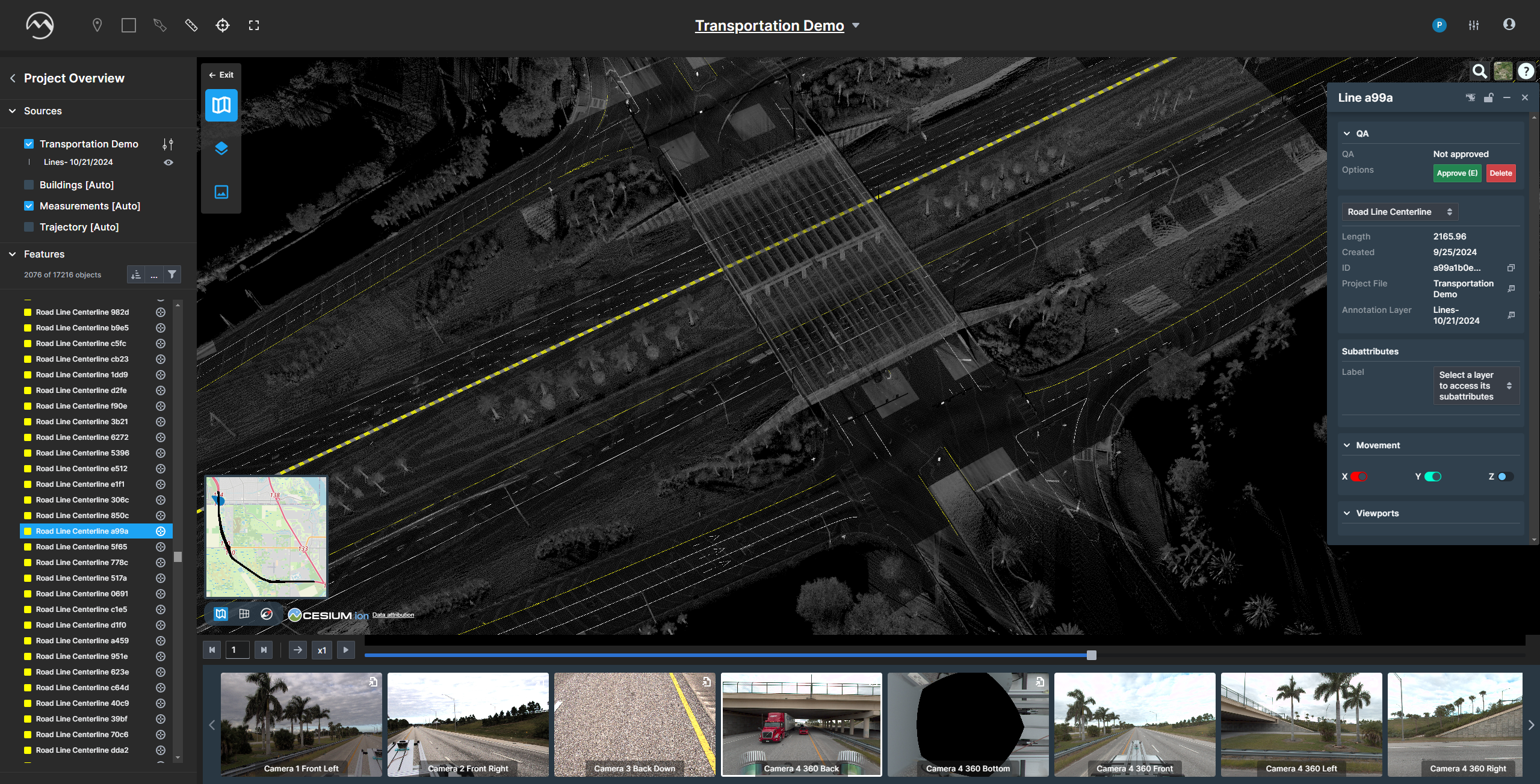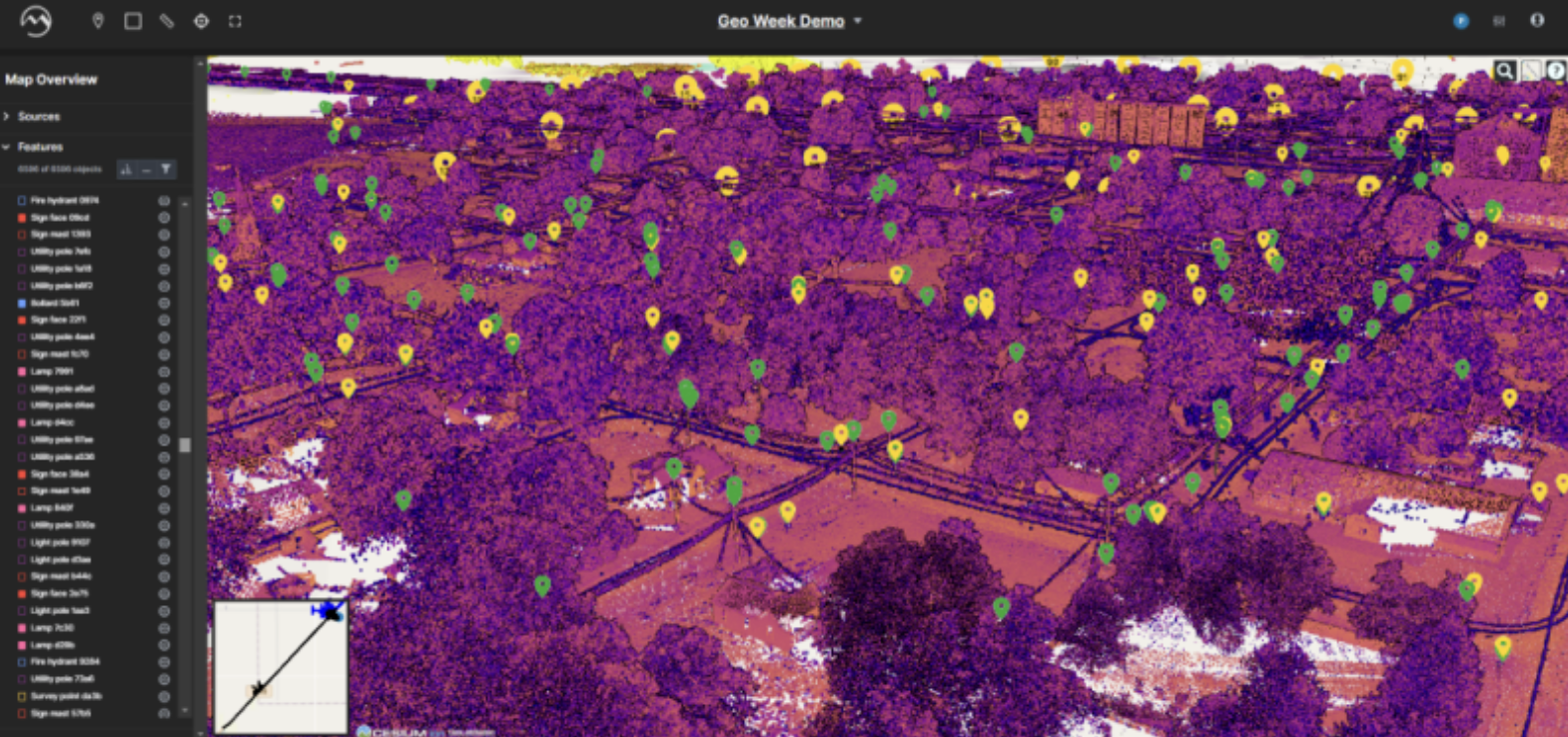Welcome back to Neural Notebook, your go-to source for the latest in AI and ML! Today, we're exploring the fascinating world of spatial mapping and how a startup named Mach9 is making waves with its AI-driven solutions.
But first, if you're new here, check out some of our recent articles:
If you're loving our content, subscribe today to stay updated on the latest in AI and ML.
Mach9: The New Star in Spatial Mapping
Mach9 is a startup that's taking the geospatial world by storm with its innovative use of AI in mapping. Founded with the mission to enhance the accuracy and efficiency of spatial data analysis, Mach9 leverages cutting-edge machine learning and deep learning algorithms to process complex geospatial datasets.
The company's technology is built on the backbone of AI, integrating data from various sources like satellite imagery, LiDAR scans, and GPS. This integration allows Mach9 to create highly detailed and accurate maps that are invaluable for industries ranging from urban planning to environmental monitoring.
The Magic Behind the Maps
At the heart of Mach9's technology is its ability to process and analyze massive amounts of geospatial data with incredible precision. By using AI-powered tools, Mach9 can identify and map features such as buildings, roads, and natural landscapes with a level of detail that traditional methods can't match.
The secret sauce? Mach9 employs advanced machine learning algorithms that can handle complex inputs like 3D point clouds and aerial imagery. Their models comprise of 100+ different features like utility poles, road signs, traffic lights, LiDar scans, and more. This allows for automated feature extraction and mapping, significantly reducing the time and effort required for traditional mapping processes.
Why Spatial Mapping Matters
Spatial mapping is all about understanding the world around us in a more detailed and meaningful way. With the rise of smart cities and the need for efficient resource management, accurate spatial data is more critical than ever.
Mach9's technology plays a crucial role in various sectors:
Urban Planning: By providing detailed maps, Mach9 helps planners design smarter cities, optimize infrastructure, and predict population growth.
Environmental Monitoring: Mach9's maps track changes in ecosystems, helping to monitor climate change and support conservation efforts.
Disaster Response: In times of crisis, accurate maps are essential for effective response and recovery efforts.
Enhancing Accuracy and Efficiency
One of the standout features of Mach9's approach is its ability to enhance both the accuracy and efficiency of spatial mapping. By automating tasks that were once manual, such as data cleaning and anomaly detection, Mach9's AI tools deliver faster and more reliable insights.
The company's use of deep learning algorithms allows for real-time data analysis, enabling proactive decision-making in dynamic environments like traffic management and emergency response. This not only saves time but also improves the quality of the data being analyzed.
Overcoming Challenges
Integrating AI with geospatial analysis isn't without its challenges. Issues like data quality, privacy concerns, and high computational demands can pose significant hurdles. However, Mach9 is tackling these challenges head-on.
By employing robust data privacy protocols and leveraging cloud computing for scalable resources, Mach9 ensures that its technology is both secure and efficient. The company's commitment to ethical AI use and compliance with regulations like the GDPR further strengthens its position as a leader in the field.
Competition
While Mach9 is making impressive strides, it's not the only player in the spatial mapping arena. Competitors like Omdena and others are also leveraging AI to enhance geospatial analysis.
What sets Mach9 apart is its focus on integrating multiple data sources and its use of advanced AI techniques to deliver unparalleled accuracy and efficiency. This unique approach positions Mach9 as a frontrunner in the race to revolutionize spatial mapping
Future of Spatial Mapping
Looking ahead, the potential for AI-driven spatial mapping is vast. As technologies like VR, quantum computing, and edge computing continue to evolve, the possibilities for real-time, immersive, and highly detailed spatial analysis will only grow.
For Mach9, the future holds exciting opportunities to expand its technology into new markets and applications. From enhancing national security to improving disaster readiness, the impact of Mach9's AI-powered mapping solutions is set to be profound.
Opportunities for Innovation
The rise of AI in spatial mapping opens up a world of opportunities for innovation. Whether it's developing new tools for urban planners or creating immersive experiences for environmental monitoring, the possibilities are endless.
For startups and investors looking to capitalize on this trend, the key is to stay ahead of the curve and invest in the right technologies and talent. With its cutting-edge approach and commitment to innovation, Mach9 is a shining example of what's possible in the world of AI and spatial mapping.
Wrapping Up
Mach9 is more than just a mapping company—it's a pioneer in the integration of AI and geospatial analysis. By pushing the boundaries of what's possible, Mach9 is helping to shape a future where spatial data is more accessible, accurate, and impactful than ever before.
That's all for this week's startup spotlight! If you're as excited about the future of spatial mapping as we are, keep an eye on Mach9 and the incredible work they're doing.
Until next time,
The Neural Notebook Team
Twitter | Website
P.S. Don't forget to subscribe for more updates on the latest advancements in AI and ML.


